
Animal
17:00, 23-Jan-2019
The incredible biodiversity of southeast Asia
By Li Yunqi
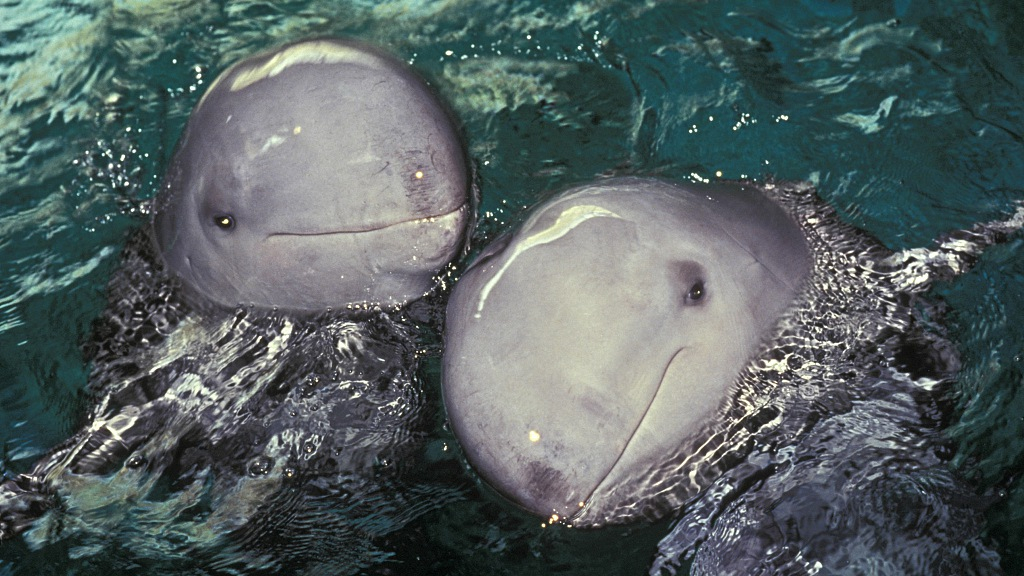
The Lancang River originates at the Qinghai-Tibet plateau in southwest China and flows through five countries in Southeast Asia after leaving China's Yunnan Province. It is referred to as the Mekong River in Southeast Asia and lingers for around 4,880 kilometers. Various dynamic civilizations and natural resources thrive along this water of life.
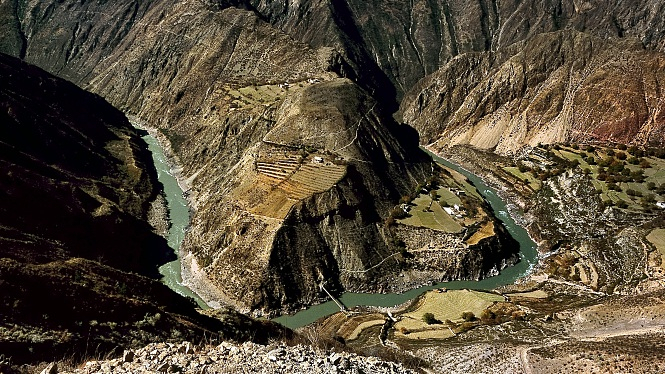
The Lancang River in Yunnan Province, southwest China. /VCG Photo
The Lancang River in Yunnan Province, southwest China. /VCG Photo
Southeast Asia has some of the greatest biodiversity in the world. About 20 percent of the world's animals, plants and marine animals live in this area. The ecosystem along the Lancang-Mekong River, which includes rich forests, rivers, and wetlands, cradles countless wildlife and many of them are endangered or vulnerable species. The threat of habitat loss makes this region a biodiversity hotspot.
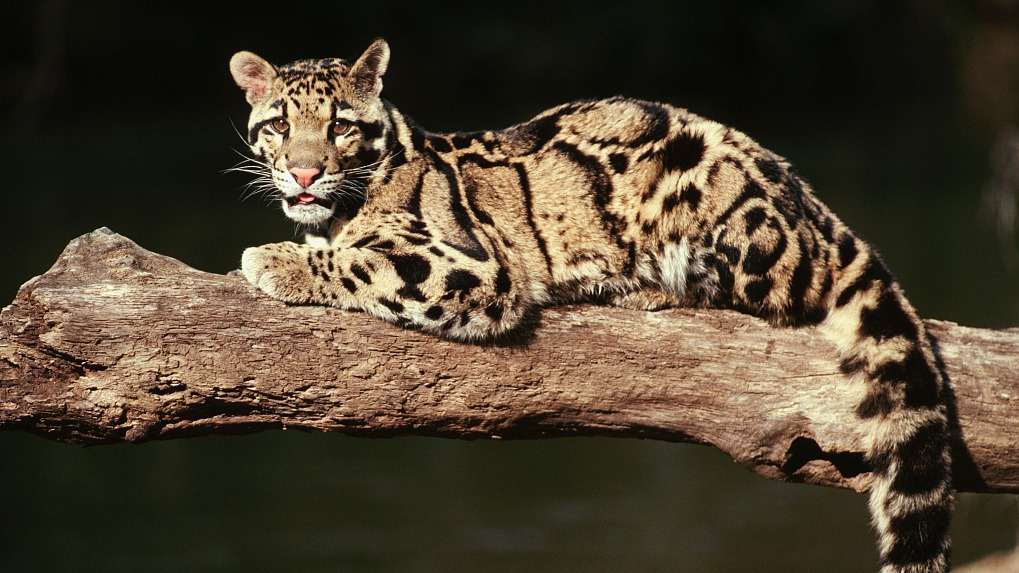
The clouded leopards are mysterious because they spend most of their time in the trees so it is very difficult to spot them in the wild. /VCG Photo
The clouded leopards are mysterious because they spend most of their time in the trees so it is very difficult to spot them in the wild. /VCG Photo
As one of the endemic species here, clouded leopards are named for their beautiful pelt with cloud-shaped spots. They are mysterious wild cats that occur through mainland Southeast Asia into China. Listed as Vulnerable on the IUCN Red List, the clouded leopard is estimated to have a population of less than 10,000. It is a small cat whose body length is generally around one meter but has a tail the same length as its body.

As one of the four pangolin species in Asia, Sunda pangolin is listed as Critically Endangered by the IUCN Red List. /VCG Photo
As one of the four pangolin species in Asia, Sunda pangolin is listed as Critically Endangered by the IUCN Red List. /VCG Photo
Pangolins are the most trafficked mammals in the world. Out of the world's eight species of pangolin, two Endangered and two Critically Endangered species as listed by IUCN Red List live in China and Southeast Asia. They are at the highest level of protection under the Convention on International Trade in Endangered Species (CITES). Chinese customs and public security departments have launched a series of campaigns against pangolin trafficking and busted 209 pangolin smuggling cases from 2007 to 2016.
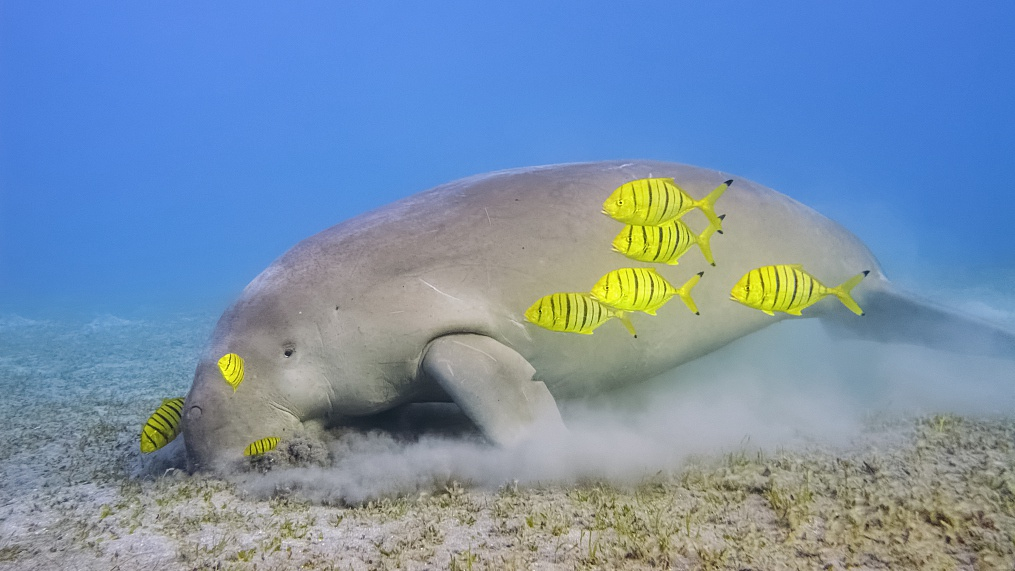
Dugongs are the only strictly herbivorous marine mammals. /VCG Photo
Dugongs are the only strictly herbivorous marine mammals. /VCG Photo
In Malay, the name “Dugong” means “lady of the sea”. It is believed that this rare and gentle marine mammal has inspired the tales of mermaids. Sadly, their current distribution is very fragmented. A Dugong population exists in the South China Sea, where it is well-protected by a seagrass sanctuary in Guangxi Province. They are also found in the warm water along the coasts of Vietnam, Cambodia, and Thailand.
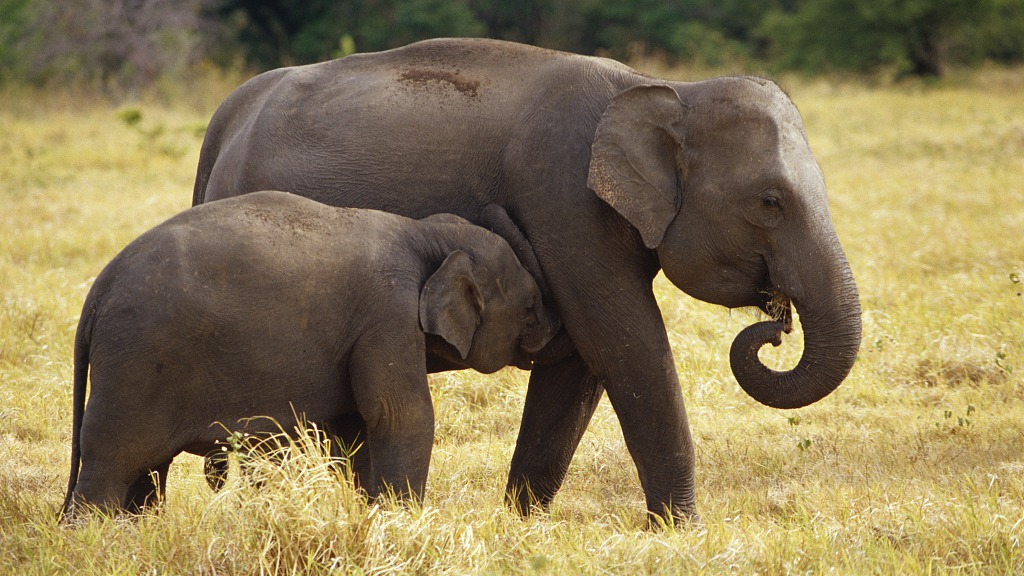
Asian elephants. /VCG Photo
Asian elephants. /VCG Photo
Listed as Endangered by the IUCN Red List, the Asian elephant is the largest living land animal in Asia. They are intelligent animals that are capable of using, or even making, tools, just like great apes do. In China, the Asian elephant lives in the Southwest Province of Yunnan. The largest population of Asian elephants can be found in Cambodia's Mondulkiri, one of Southeast Asia's last remaining elephant corridors.
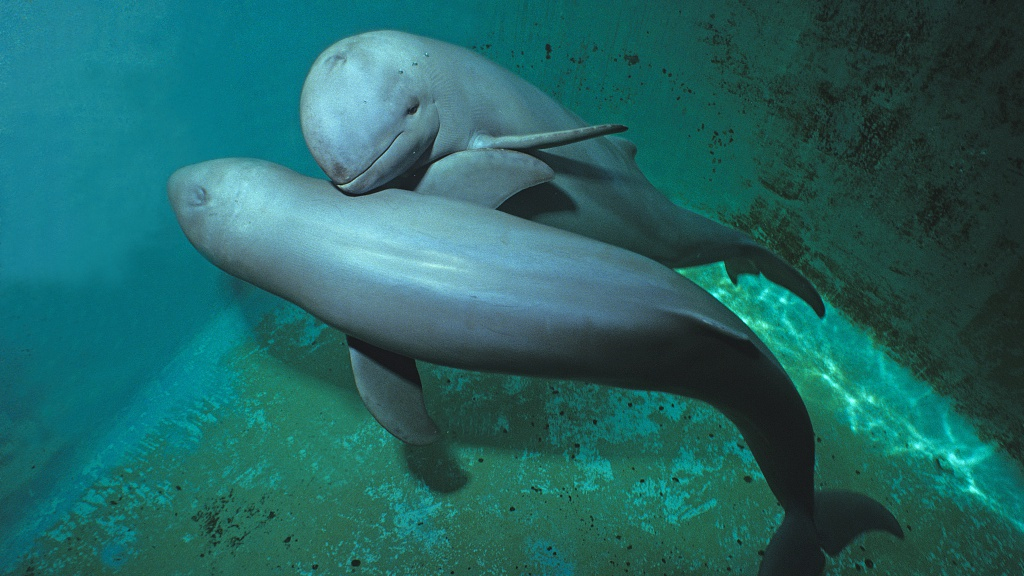
Two Irrawaddy dolphins are "hugging". /VCG Photo
Two Irrawaddy dolphins are "hugging". /VCG Photo
A symbol of the Mekong River and its biodiversity, the endangered Irrawaddy is a shy and small dolphin whose length is usually less than 2.3 meters. It is dark grey in color and pale underneath. The Mekong River is one of the world's most important remaining freshwater habitats for this species and supports the largest of the five remaining freshwater populations.
The abundant wildlife in this region is a signifier of the dynamic Southeast Asian ecosystem. However, these precious and rare species are facing increasing threats such as habitat loss caused by deforestation, illegal poaching, or tourist activities.
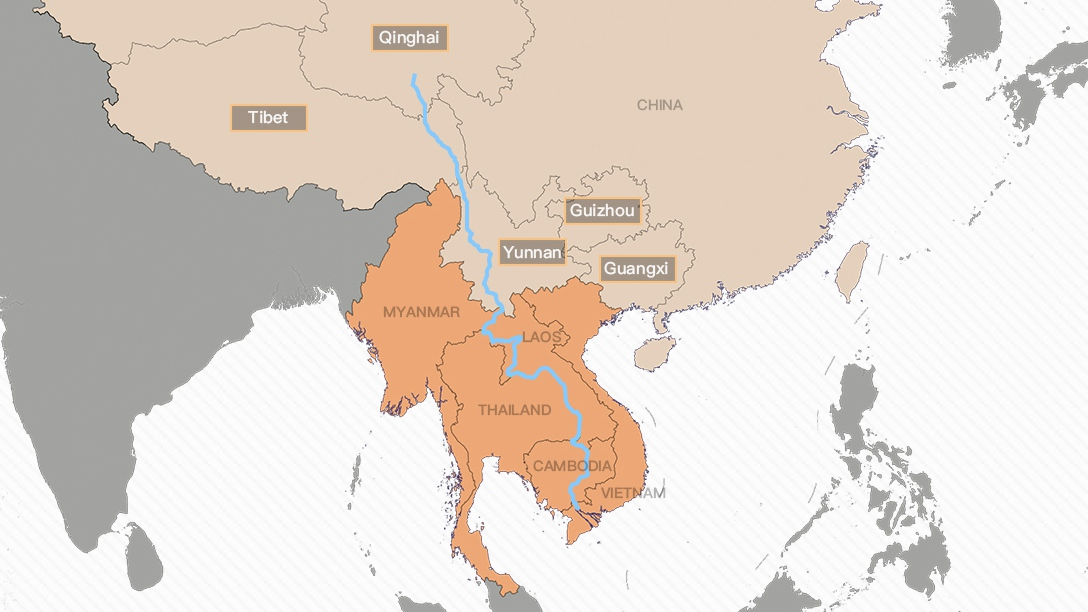
The countries that are included in the Lancang-Mekong Cooperation Mechanism. /CGTN Graphic
The countries that are included in the Lancang-Mekong Cooperation Mechanism. /CGTN Graphic
As part of the Lancang-Mekong Cooperation Mechanism, a specialized environmental cooperation center was established in 2016 in the hope of combating the environmental problems. China has also signed three memorandums of understanding (MoUs) with Cambodia, crucial in biodiversity preservation along the Lancang-Mekong River, on environmental protection and biodiversity conservation in 2018. The documents include the establishment of an environmental cooperation preparatory office, donation of wastewater treatment equipment, and the pilot cooperation on biodiversity and ecosystem conservation.
(Top image via VCG shows two adorable Irrawaddy dolphins poking their heads out of the water.)

SITEMAP
Copyright © 2018 CGTN. Beijing ICP prepared NO.16065310-3
Copyright © 2018 CGTN. Beijing ICP prepared NO.16065310-3